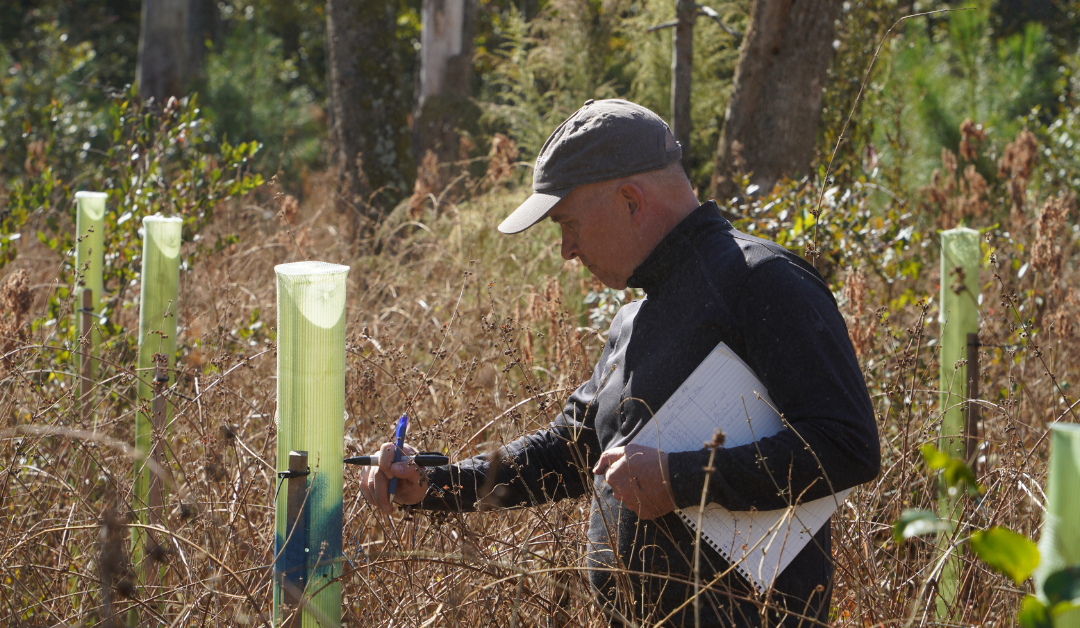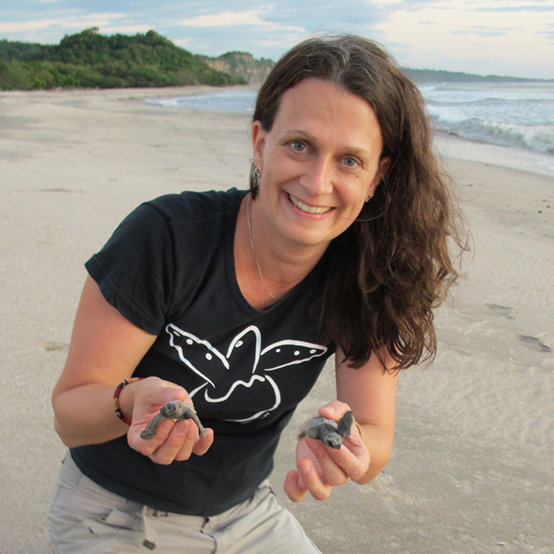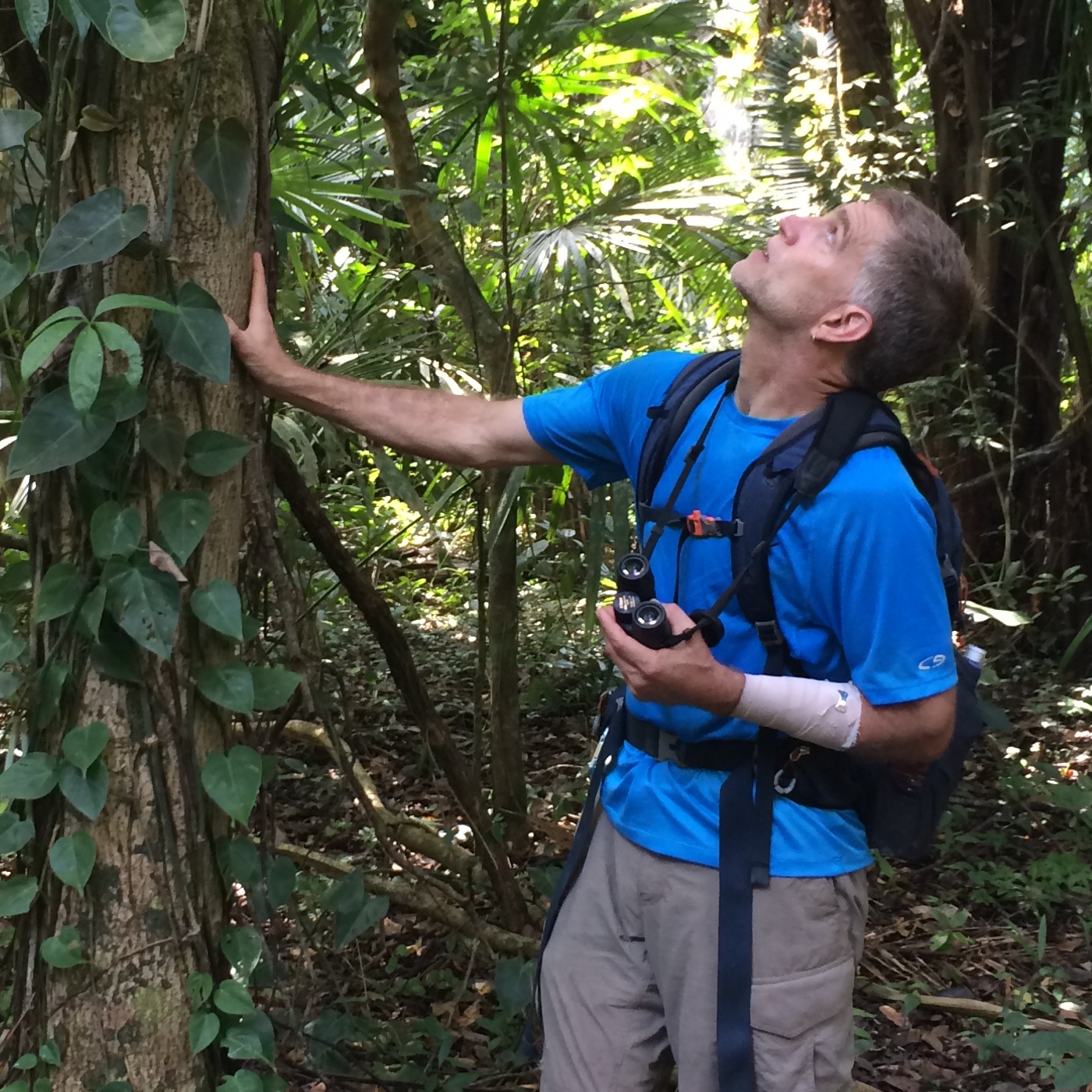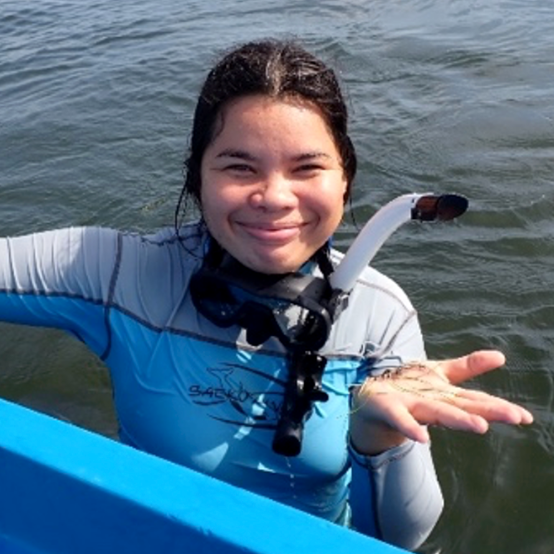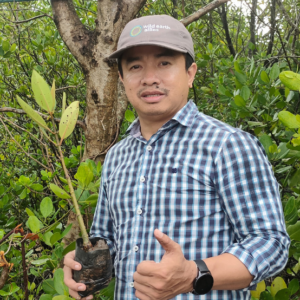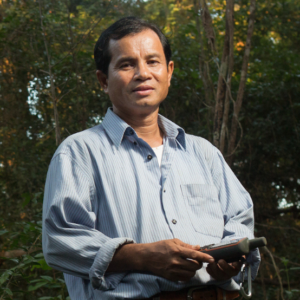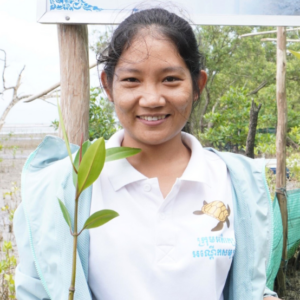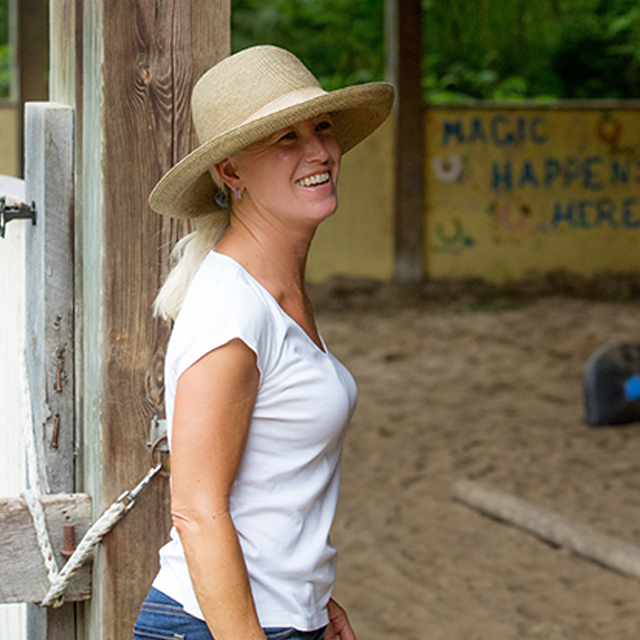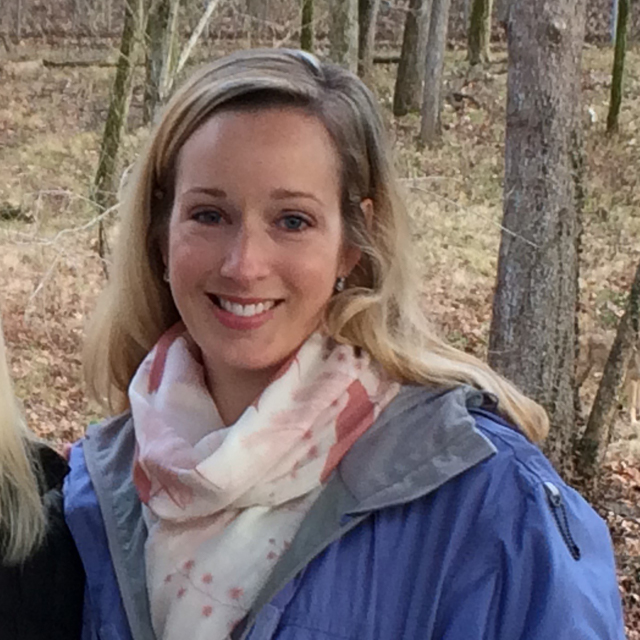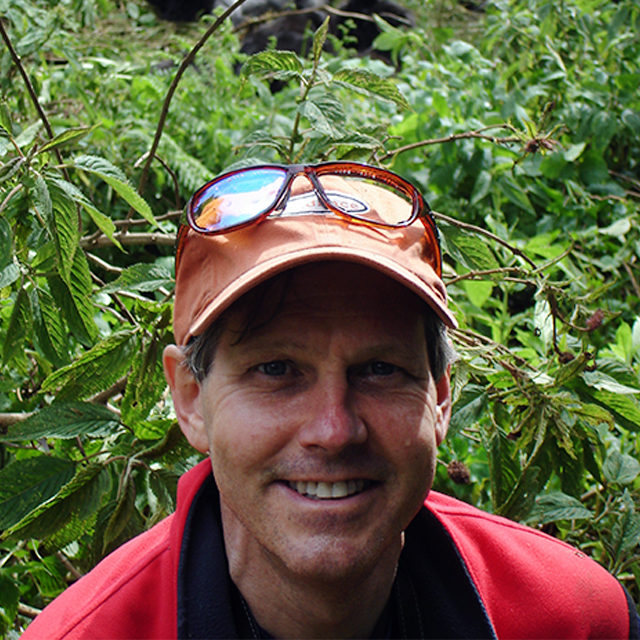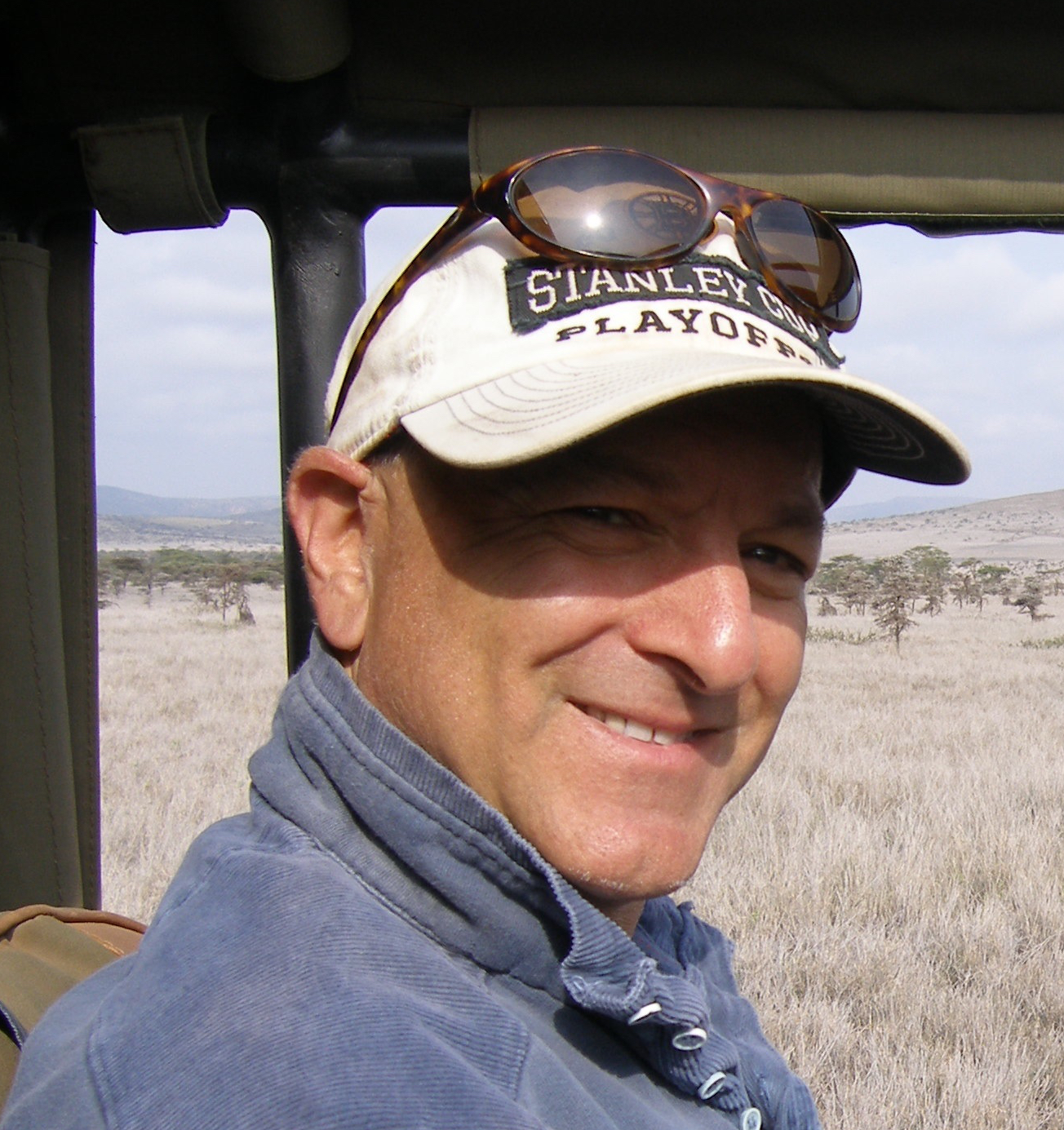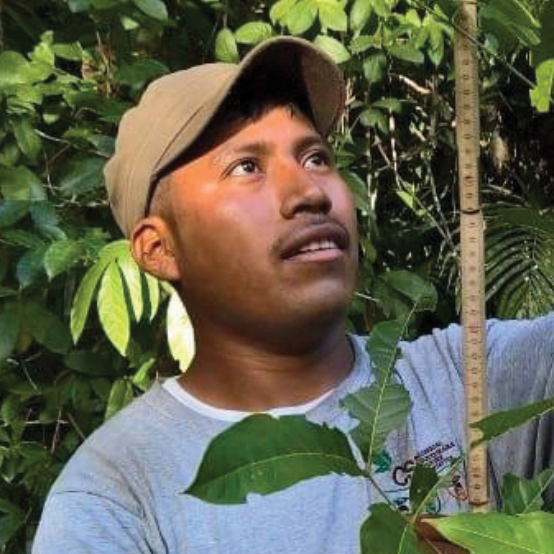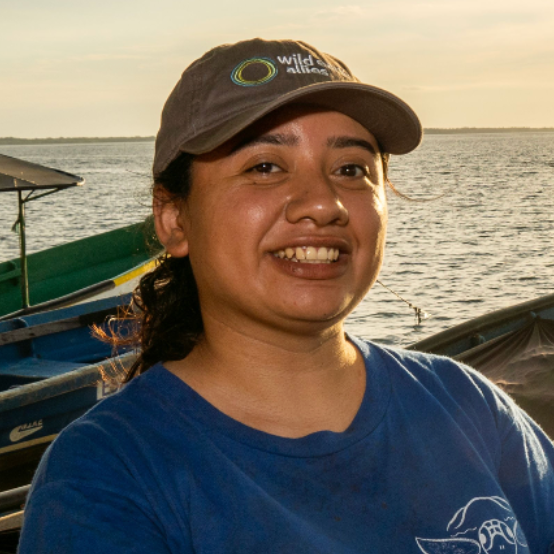Nestled in the Delmarva Peninsula, the Great Cypress Swamp is the largest freshwater wetland and contiguous forest in Delaware and once stretched across as many as 100,000 acres. Bald cypress and Atlantic white cedar trees dominated the landscape. However, extensive logging, drainage for agriculture, and two major fires have diminished native tree populations.
Wild Earth Allies teamed up with Delaware Wild Lands (DWL) several years ago to rewild the Swamp, which currently sits on 11,000 acres. Together, we’ve planted over 44,000 native trees, with a focus on diminished species such as bald cypress and Atlantic white cedar–a huge milestone! By working alongside DWL, we are restoring the Swamp’s biodiversity while also developing science-based reforestation methods with regional and global significance.
Informing Best Practices for Native Tree Restoration
In October 2024, the Wild Earth Allies team visited the Swamp to assess the growth and survival of tree plantings. Our collaborative monitoring efforts with DWL allow us to determine the impacts of climate change, wildlife, and other environmental factors on tree health. These surveys will inform best practices for native tree restoration in the Swamp and the broader Chesapeake Bay region. Sharing this knowledge with other partners will help restore forested wetland habitats globally.

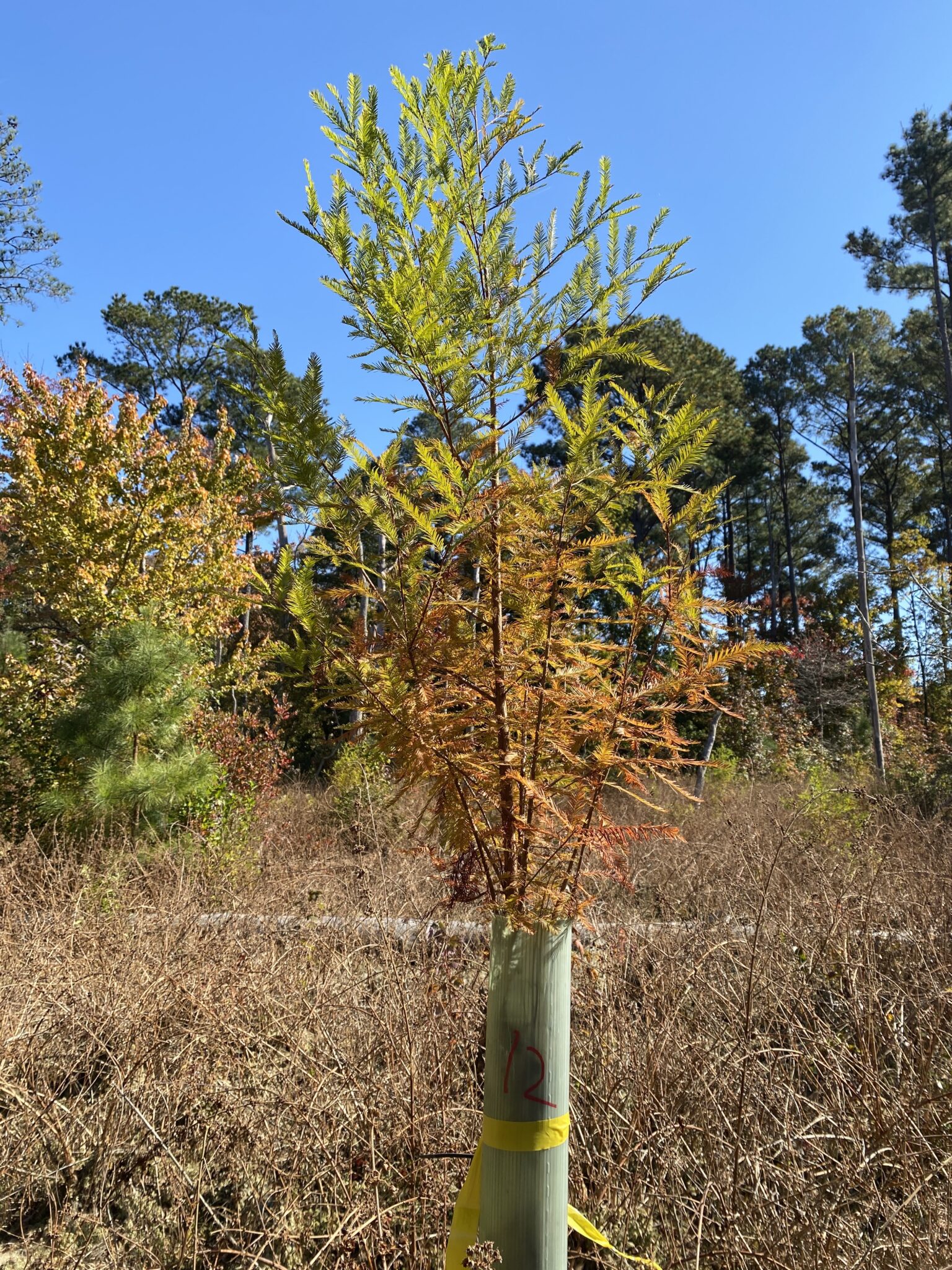
Bald cypress trees photographed in (1) 2023 and again in (2) 2024 show noticeable growth.
Regional Significance of a Healthy Wetland
A thriving Swamp is vital for the local environment and nearby communities. It acts as a natural water filtration system, improving air and water quality for nearby residents and across the Delmarva Peninsula. Its dense vegetation helps prevent erosion and store carbon, mitigating the local effects of climate change.
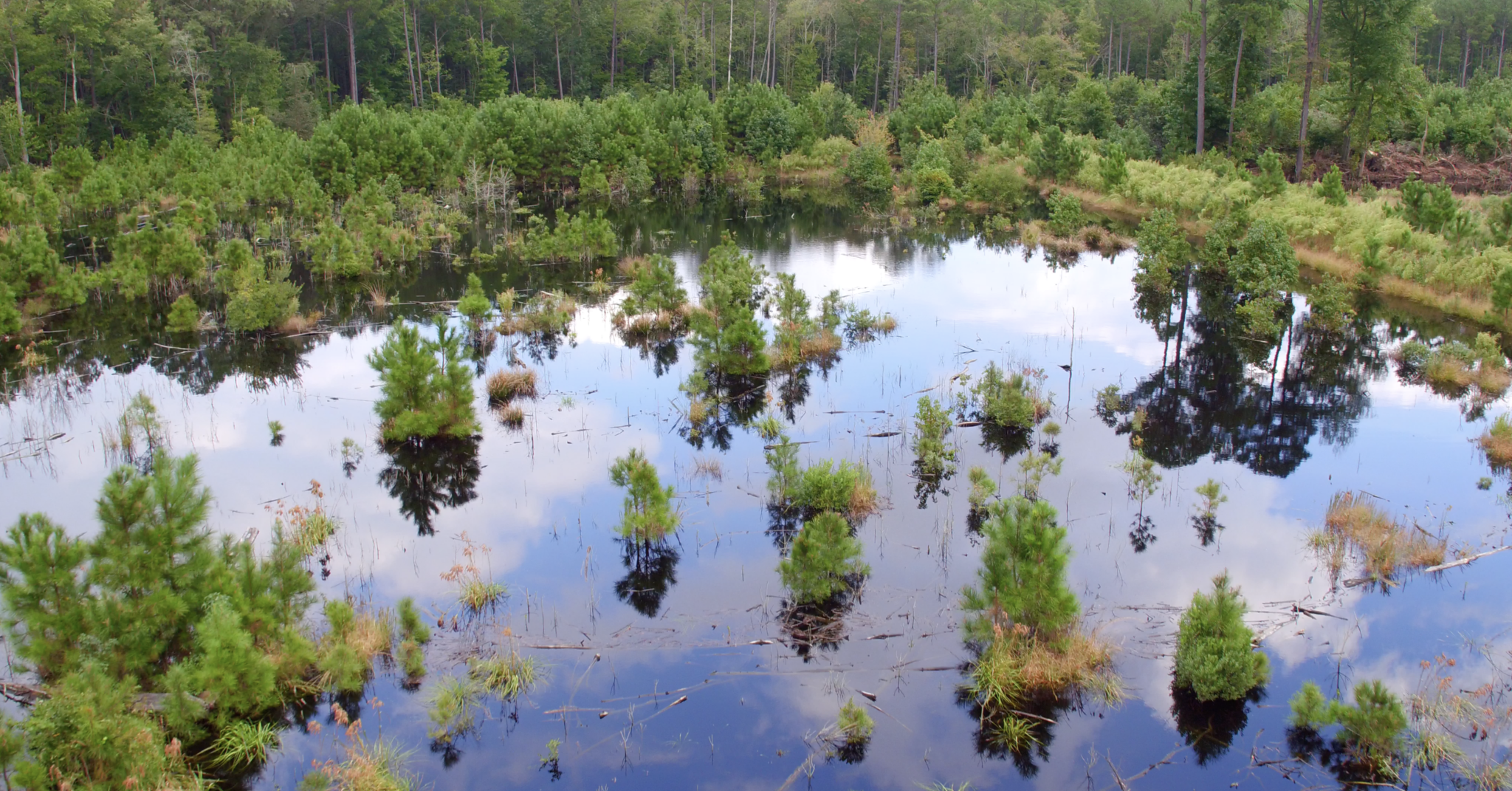
A grove of trees in the Swamp filters water, benefiting local residents and wildlife.
Global Biodiversity Connections
The Swamp’s importance to biodiversity stretches far beyond the Chesapeake Bay region. It serves as a crucial habitat and breeding ground for over 70 migratory bird species. Many of these birds are also found in Belize, including the prothonotary warbler and summer tanager. Wild Earth Allies is currently assessing Belize’s tree species and growing in-country botanical expertise, benefiting habitats for birds globally.
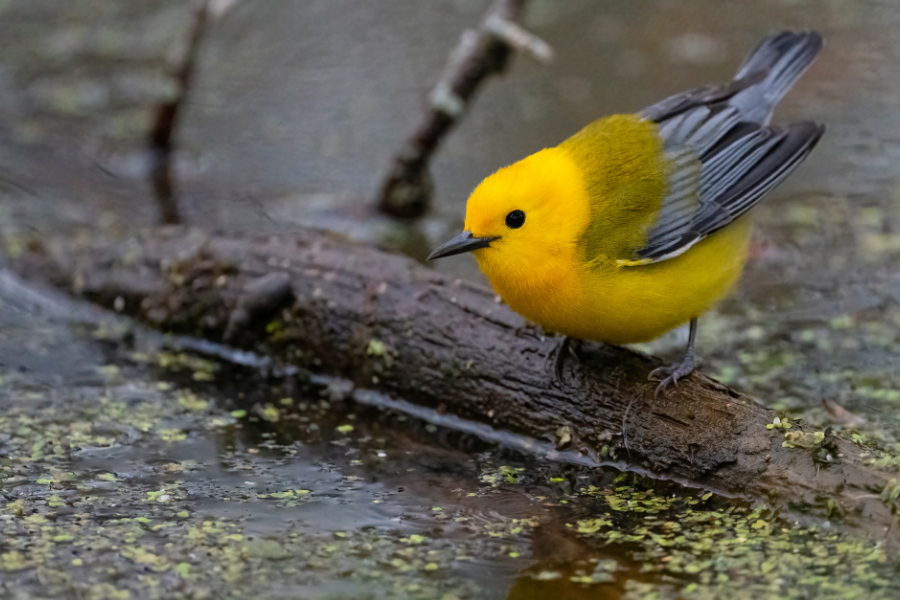
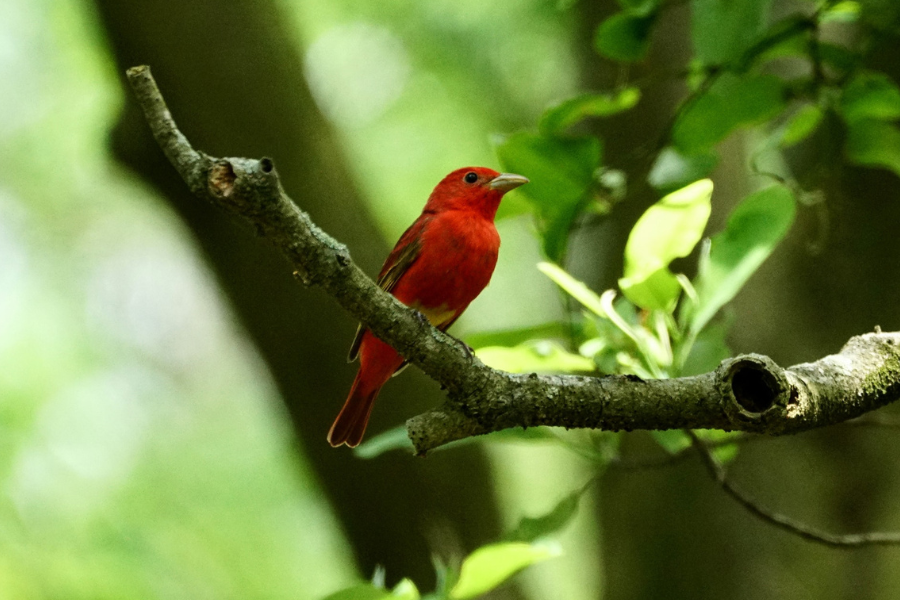
(1) A prothonetary warbler and a (2) summer tanager perch on branches in the Great Cypress Swamp.
Together with DWL, we are revitalizing the Swamp’s ecosystem and setting a model for similar reforestation efforts. The Swamp’s improved health is a testament to what a shared vision and collaboration can achieve and demonstrates local to global conservation impact.
Photos courtesy of Kelly Hogan and Andrew Martin

